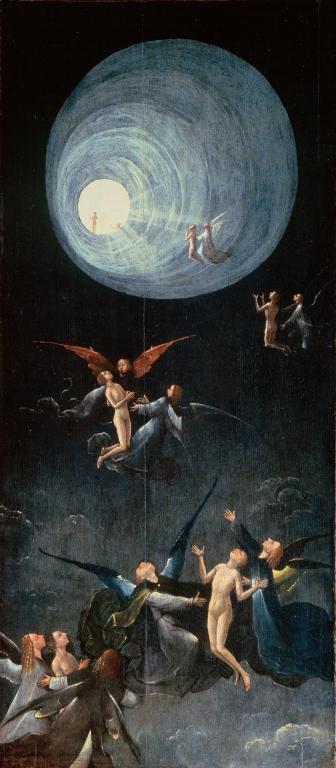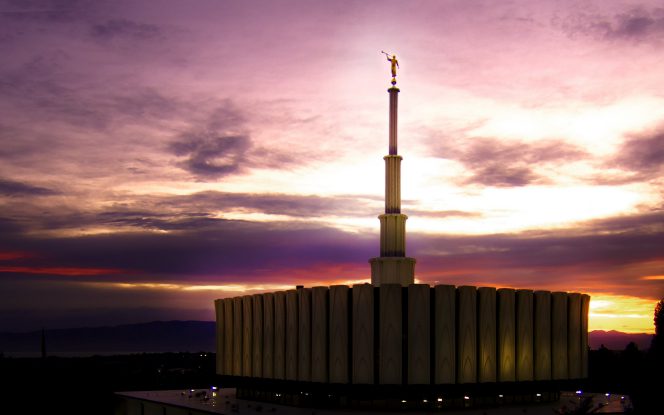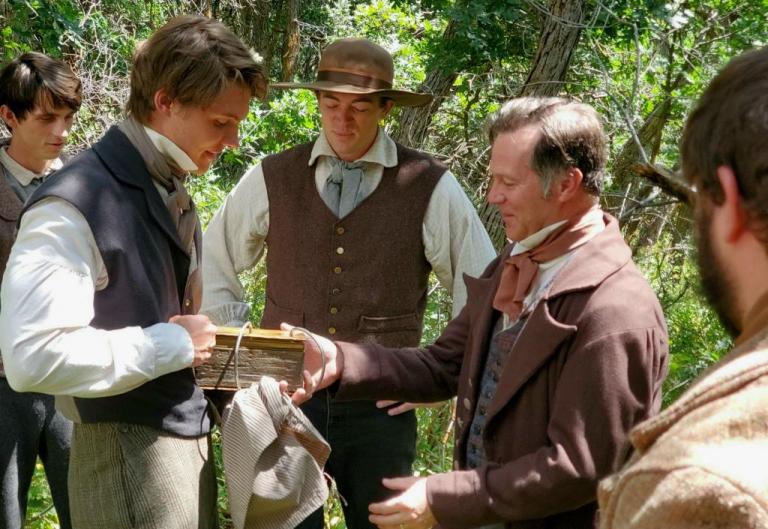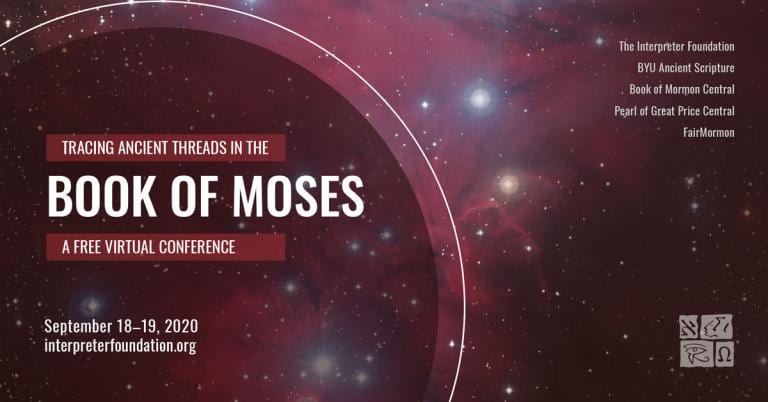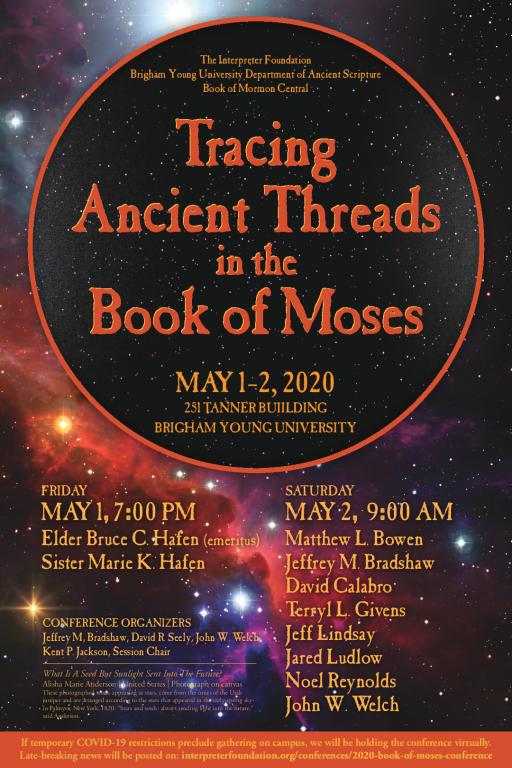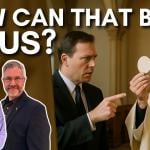What if you slept? And what if, in your sleep, you dreamed? And what if, in your dream, you went to heaven And there plucked a strange and beautiful flower? And what if, when you awoke, you had that flower in your hand? Ah, what then? Samuel Taylor Coleridge (1772-1834) The lines quoted above from the poet Coleridge are directly relevant to NDE accounts in which the experiencer seems to learn something (e.g., about events in a... Read more


